2027
Book —The Early Jesus Movement and Greco-Roman Mystery Cults: Expressions of Religious Experiences and New Testament Texts
Book Under Contract with Fortress Academic, coming 2027

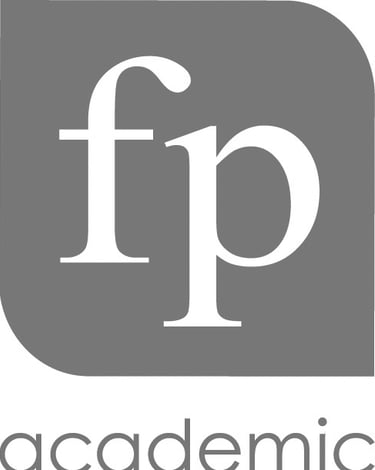
2026
Book — Authentic Conversations: A Teacher and Student Discuss Five Important Topics in Education
Andrew C. Burrow and Emma C. Hill
Peter Lang, Quarter 1 2026, 50,000 words (~150 pages)
(Click for Information)
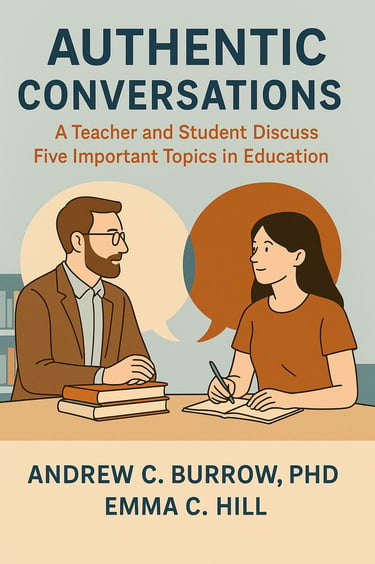

2025
Other Presentation — “Aristotle for Educators: His Ideas and How They Help Us Understand Different Generations of Educators and Students”
Stronger Schools Summit (2025)

2024
Book — Paul the Allegorist: Galatians 4:21–31 and its Implications for Understanding Paul as an Interpreter of Scripture
Andrew C. Burrow, forward by Todd D. Still
CASCADE Publishers, paperback, $31
(Click for Information)
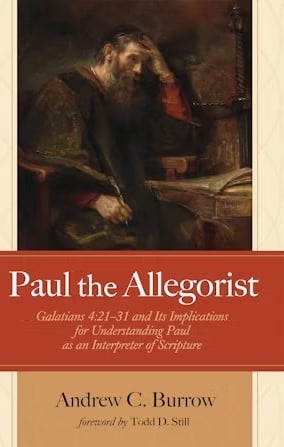

Academic Paper — “The Impact of Religious Experiences in Mystery Cults and in the Early Jesus Movement: Similarities, Differences, and What They Teach Us.”
Classical Association of the Middle West and South (CAMWS) Annual Meeting, Greek and Roman Religion (2024)
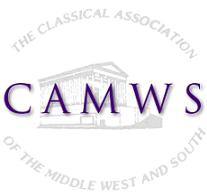

Course Developed – Classical Latin I and II
I developed the course in Spring 2024, and I teach it as a part of the Latin program.
Course Description
Two Latin courses that introduce students to Classical Latin including its vocabulary, grammar, and syntax. The goals of this course are the ability to read primary texts and to contextualize those readings within their social and historical settings—including the world behind, within, and created through the texts.
2023
Article — "Paul, Apostle" (6000 Words), 2023
Brill Encyclopedia of Early Christianity (BEEC), Brill
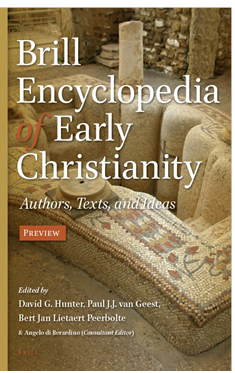

Course Developed – Advanced Greek I and II
I developed the course in Spring 2023, and I teach it as a part of our Greek program.
Course Description
Two courses that serve as the capstone of the Greek program. In them, students take the material learned in the prior courses and apply it to deep and meaningful engagement with the Scriptures. Students select passages they want to read in Greek and then also read commentaries about them. While reading, they use their knowledge of New Testament Greek (cf. GRK 200s) and its broader contextualization (cf. GRK 300s) to better understand each commentary’s material. The biblical passage and the commentaries then are discussed in class.
Course Developed — Readings in Classical Latin I and II
I developed the course in 2022, and I teach it as a part of our Latin program.
Course Description
Two Latin courses in which students engage fun and interesting texts from some of the most famous and influential classical authors: Caesar, Cicero, Virgil, Livy, Catullus, Ovid, and Pliny. The two courses also engage texts relevant to Christianity, including the New Testament in Latin (i.e., Jerome’s Vulgate), Pliny’s letter in 110 CE to the emperor about early Christians, and the later Roman empire’s official edicts that seek to remove pagan worship.
These courses are focused on (1) improving comprehension skills through translation and on (2) understanding the world behind, within, and created through the texts. Students will read both adapted (i.e., altered for easier comprehension) and unadapted (i.e., unchanged from manuscript traditions) texts, and helpful aides will be provided when appropriate. The approach of this course reflects Carson-Newman’s commitment to faith and learning within a liberal-arts context.
Other Presentation — “Aristotle for Educators: His Ideas and How They Can Improve Our Craft”
East Tennessee Christian Educators Conference (2023)
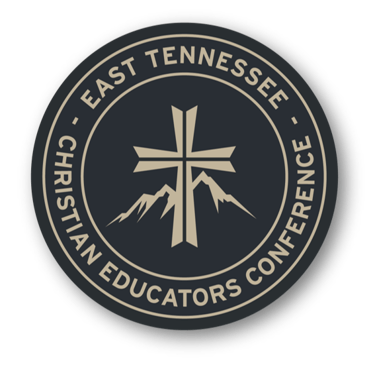

2022
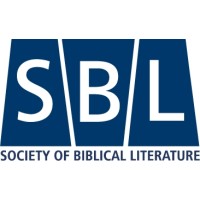

Academic Paper — “Religious Experiences and Their Impact: Mystery Cults in the Greco-Roman World and the Early Jesus Movement.”
Society of Biblical Literature Annual Meeting, Religious Experience in Antiquity (2022)
Course Developed — Intermediate Greek I and II
I developed the course in Spring 2022, and I teach it as a part of our Greek program.
Course Description
These courses are intermediate level Greek courses focused not only on translation and grammar but also on using Greek for better understanding Scripture in theologically- and historically-conscious ways. This course engages various texts from the ancient world, both biblical and extra/non-biblical, in parallel exercises.
Texts Translated in Excerpts
1 Clement, Apocalypse of Peter, Apology (Plato), Book of the Watchers, Deipnosophistae, Didache, Epistle of Barnabas, Gospel of Mary, Gospel of Peter, Gospel of Thomas, Greek Magical Papyri, Infancy Gospel of Thomas, Josephus's writings, The Life of Apollonius of Tyana (Philostratus) The Lover of Lies (Lucian), Martyrdom of Polycarp, New Testament, The Odyssey, Philo's writings, Psalms of Solomon, Septuagint (Genesis, Deuteronomy, 1 Kings, 2 Kings, Psalms),
Texts Read only in English
11QMelchizedek (11Q13), 1 Enoch, Acts of Philip, Acts of Thomas, Contra Celsum, Jewish Scriptures via JPS, The Rule of the Community (1QS)
Book Review — Tucker, J. Brian (ed.), T&T Clark Social Identity Commentary on the New Testament.
RelSRev 48.2, 2022


Non-Refereed Publication — “Christian Pedagogy”
In the Service of One, 5-Part Devotional, 2022
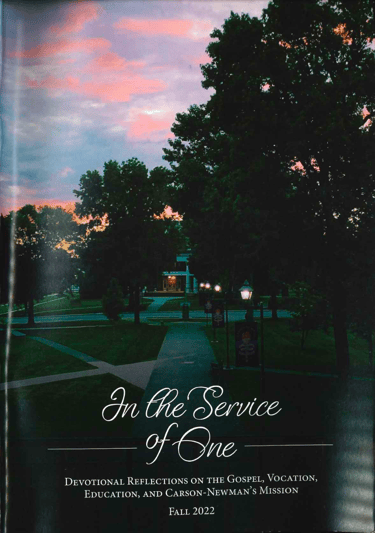

2021
Article — "Paul, Galatians" (6000 Words), 2021
Brill Encyclopedia of Early Christianity (BEEC), Brill


Course Developed — Introduction to Greco-Roman Religions
I developed the course in Fall 2021, and I teach it as an independent study.
Course Description
A one-semester reading course that surveys the various religious systems that existed alongside Judaism and the earliest stages of Christianity. The course includes extensive readings, required preparation, and thorough discussions of content. Students engage four well-established reference books on the following topics: Greek religion, Roman religion, mystery cults, and Jewish movements of the second century BCE to second century CE.
Course Developed — Introduction to the Methods of Biblical Interpretation
I developed the course in Spring 2021, and I teach it as a required course for all majors in our department.
Course Description
A one-semester course that serves as an introduction to Biblical interpretation. It examines the process of interpretation, discusses the various methods of interpretation, and provides a basic practicum that (1) familiarizes students with various genres of scripture and (2) enables students to practice biblical interpretation on a variety of texts from both the Hebrew Bible and New Testament. This course covers seven criticisms: historical, textual, rhetorical, literary, form, liberation (theology), and postcolonial.
Other Presentation — “A Proper Understanding of Persecution in Early Christianity: 1 Peter and Other Related Texts.”
Jefferson City Baptist Association, Jefferson City, TN (2021)


Non-Refereed Publication — “Living as a Community of Believers: 2 Thessalonians 1:1–4.”
Messages from Mossy Creek Vol. 1, Published Sermon, 2021
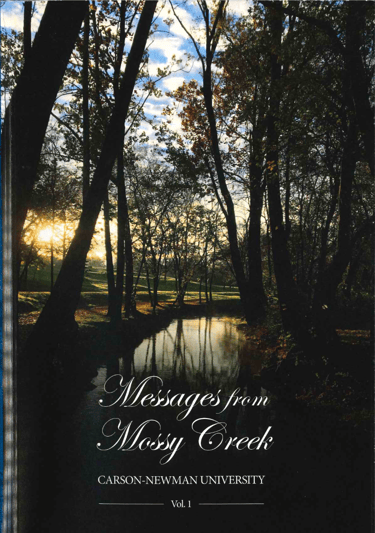

2020
Article — "Judaizers" (3000 Words), 2020
Brill Encyclopedia of Early Christianity (BEEC), Brill




Academic Paper — “The Role of ‘Names’ in the Casting Out of Demons: Re-evaluating One Mainstream Interpretation of Exorcism Accounts within the New Testament.”
Society of Biblical Literature SE Regional Meeting, Judaism (2020)
Academic Paper — “Rethinking How We Discuss the Ancient Interpretive Practice of Allegory: Aligning Current Conversations with Ancient Practices.”
Classical Association of the Middle West and South (CAMWS) Annual Meeting, Classical Studies (2020)


Course Developed — Latin for Students of Greek I, II, and III
I developed the course in Fall of 2020, and I teach it as an independent study.
Course Description
A three-semester course progression that teaches Latin to students who already know Greek. It includes newly created resources that contextualize Latin within a knowledge of Greek. The course emphasizes vocabulary, grammar, and reading proficiency.
Book Review — Benjamin H. Dunning (ed.), The Oxford Handbook of New Testament, Gender, and Sexuality.
RelSRev 46.4, 2020


Non-Refereed Publication — “Defining ‘Vigorous Learning Experiences’ at Mountain Brook Junior High School.”
Mountain Brook City Schools, Commissioned Project, 2020


2019
Article — "Presentation of Jesus in the New Testament," Sanhedrin," and 6 others (50–500 words each), 2019
Encyclopedia of the Bible and its Reception (EBR), De Gruyter




Academic Paper — “Jude 12 and the Common Meal of 1QS: Using One Sectarian Text to Better Understand the Interpretation of Spilades.”
Society of Biblical Literature Annual Meeting, Letters of James, Peter, and Jude (2019)


Academic Paper — “Paul’s Use of the Law in Gal 4:21–31 and its Implications for More Recent Discussions on Paul’s Views of Torah.”
Society of Biblical Literature SE Regional Meeting, Judaism in Late Antiquity (2019)
Other Presentation — “The Syncretism of Jewish and Egyptian Beliefs in Elephantine, Egypt, during the 6th–5th Centuries BCE: Did Jews acknowledge (or even worship!) deities other than YHWH?”
Samford University Faculty Shop Talk (2019)
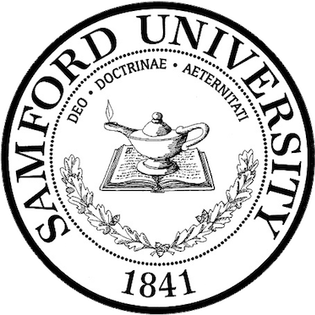

Other Presentation — “Demystifying ‘Research’: How to Use Research Principles to Impact Student Learning in the Classroom.”
Mountain Brook City Schools’ “Student Learning Conference” (2019)


Course Developed — Judaism(s) in the Second Temple Period
I developed the course in Spring of 2019, and it currently is not offered.
Course Description
A one-semester course that focuses on Judaism(s) from the construction of the second temple to its destruction. It includes primary sources from different developments within Judaism as well as readings from secondary sources that situate those primary sources within different frameworks for understanding Second Temple Judaism. These frameworks then are evaluated (1) alongside each other and (2) in light of the primary sources for the purpose of constructing a better understanding of Judaism and its variety during the Second Temple period.
Non-Refereed Publication — “Power and Influence: Social Media as the Roman Colosseum.”
Samford Crimson, Newspaper Article at Samford University, 2019


Book Review — David Capes, Rediscovering Paul: An Introduction to His World, Letters and Theology.
RelSRev 45.1, 2019


2018
Education – Awarded PhD, Biblical Studies
St Mary's University, Twickenham, UK; Director of Studies: Chris Keith


Book Review — Nina E. Livesey, Galatians and the Rhetoric of Crisis.
RelSRev 44.4, 2018


2017
Article — “Bargaining with Jesus, Irony in Mark 5:1–20.” Biblical Interpretation 25.2 (2017): 234–251.
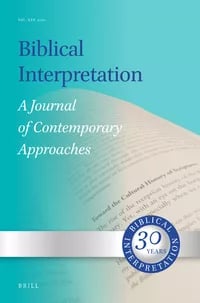

Other Presentation — “Expectations and Reality: Navigating the Stages of the PhD Process.”
Post-Graduate Research Conference, St Mary’s University Twickenham (2017)


2014
Academic Paper — “Augustine's Commentary on Galatians 4:21–31: One Example of Cross-Curricular Instruction for Classroom Teachers.”
Teaching the Christian Intellectual Tradition, Samford University (2014)
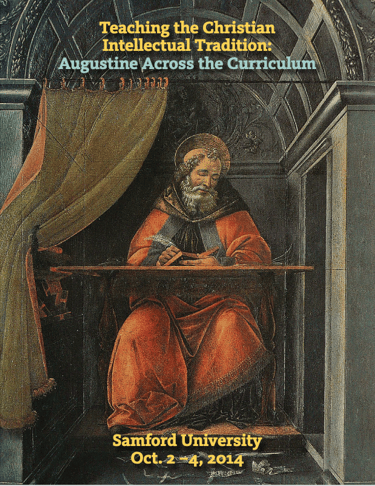

2013
Other Presentation — Panel on the Dos and Don’ts of Applying to College
John Carroll Catholic High School (2013)
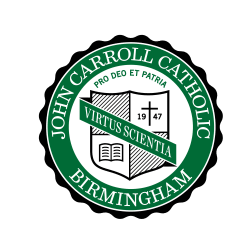

2011
Education – Awarded MA in Religion, Second Temple Judaism
Yale Divinity School. Degree awarded from divinity school; 1/2 coursework completed in the department of religious studies. Advisors: John Collins (Divinity School), Steven Fraade (Religious Studies)
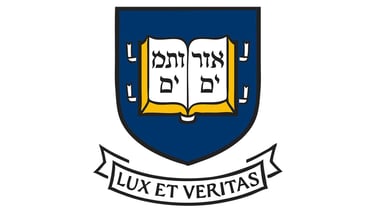

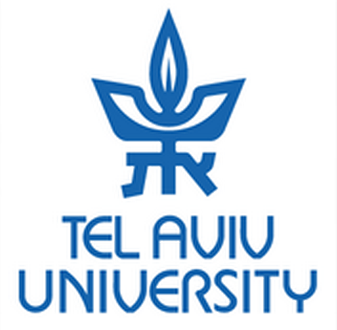

Education – Study Program, Study of Jewish-Christian Encounters in the Early Centuries CE
Tel-Aviv University, Israel. Academic Head: Ishay Rosen-Zvi


Academic Paper — “A Sectarian Reading of MMT: An Intramural Function of the Epilogue.”
Society of Biblical Literature NE Regional Meeting, Second Temple Judaism (2011)
Other Presentation — Panel on Continuing Your Education in Religious Studies at the Graduate Level
Samford University (2011)


2006
Education – Awarded BA in Religion, Minor in Classics
Samford University. Advisor: David Bains


